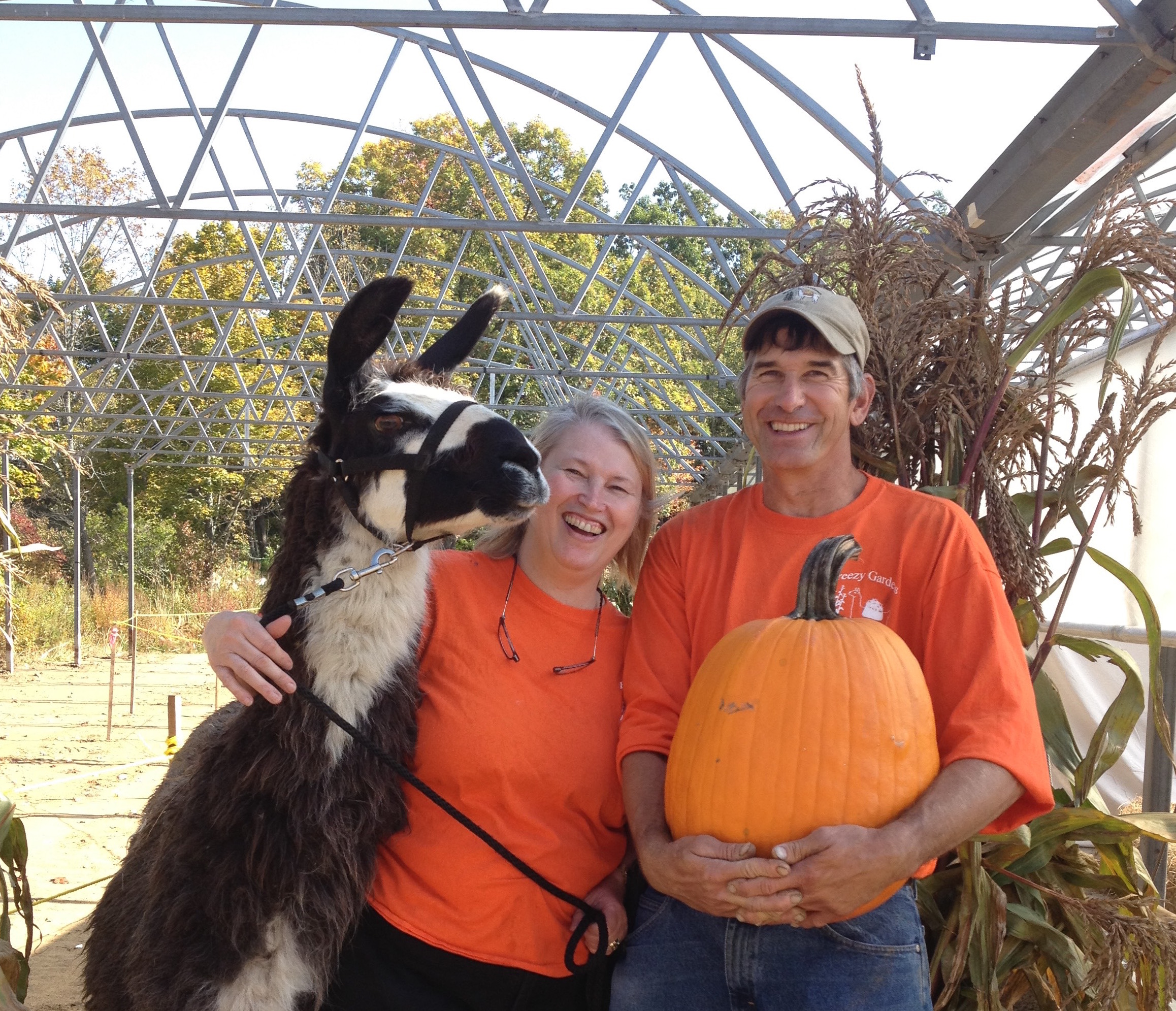
From Planning to Planting with Kim Miczek
It is a busy time of year for Kim Miczek, the founder and co-owner of Breezy Gardens, a 100-acre farm and retail space in central Massachusetts, but she recently made time to speak with us about her exciting career as an agriculturist. Agriculture has always been an important part of Miczek’s life. She grew up on a dairy farm and has operated this location for nearly thirty years. However, while in college, Miczek decided she would leave farming behind to study biology and spent years working in a lab in the environmental science field. As time passed, Miczek felt called to return to farm life, and so she started her own farm where she sells her harvest directly to consumers.
As Miczek explains, “If you want a career where you are always working, but are never doing the same thing, you should become a farmer.” This highlights how different her daily tasks are from season to season. However, during all stages of the farming process, Kim uses the skills she gained as a researcher to carefully collect data to ensure that the farm continues to operate successfully.
In early spring, the farming cycle begins with greenhouse planting. During this time, farm workers must carefully control the climate of the greenhouses--otherwise the year’s crop can be lost. Miczek keeps records of the plant types, the greenhouse conditions, and the fertilizer applications to ensure that the plants are being properly cared for. When late spring arrives, plant sales begin, which is one of Miczek’s favorite parts of the job. She loves consulting with customers about which plants will be best for their yards to help them find their own “green thumbs.”
As spring melts into summer, field planting begins. This requires a lot of careful planning so that crops will be ready for harvest all season long. As Miczek explains, “Corn is only at its best for five days after it is picked, so we need to make sure that from July to September we have enough corn ready to harvest each week. We never want to have empty shelves.” This applies for all produce grown on the farm, so Miczek creates a strategic schedule of when each field should be planted.
Autumn brings about pumpkin season, when Miczek will oversee the harvest of 80-100 tons of pumpkins. During this time, farm workers also make sure the land is well cared for so that the soil will be ready to be replanted in future years. The farm uses crop rotation to ensure that the soil stays rich and fertilized. This creates another important set of data the team must track each year.
Finally, during the winter months, Miczek focuses on paperwork and accounting matters to prepare for the next year. She analyzes the data collected over the past ten months and decides on any changes the farm will implement in the future. Finally, she takes a well-deserved, 8-day vacation... before the cycle begins all over again.
Miczek and her team currently collect most of their data in notebooks, but for the next generation of farmers, she sees the benefits of a data collection program like Conseris. She likes that the program would provide a backup of her data, because with physical notebooks,there is always a fear that the information could be lost or ruined. Miczek also explained that any technology on the farm would have to function without wifi, because it is unavailable in the fields. She noted that this was another beneficial feature of Conseris. Overall, she thinks that more technology will be utilized on the farm in the future to ensure its continued success.
Farmers and agriculturists, you too can keep your data safe, wherever you go! Try our free 30-day trial here!
